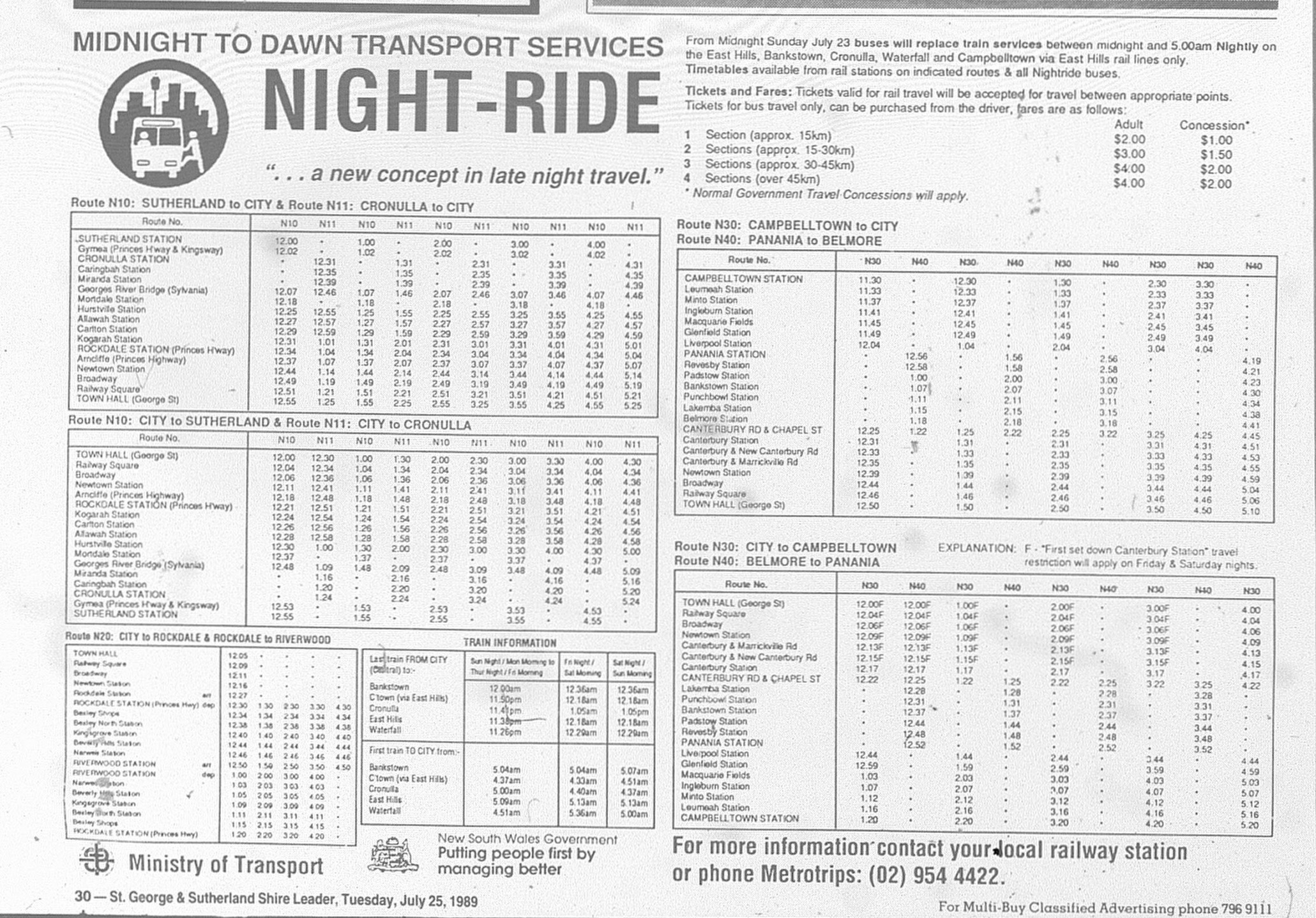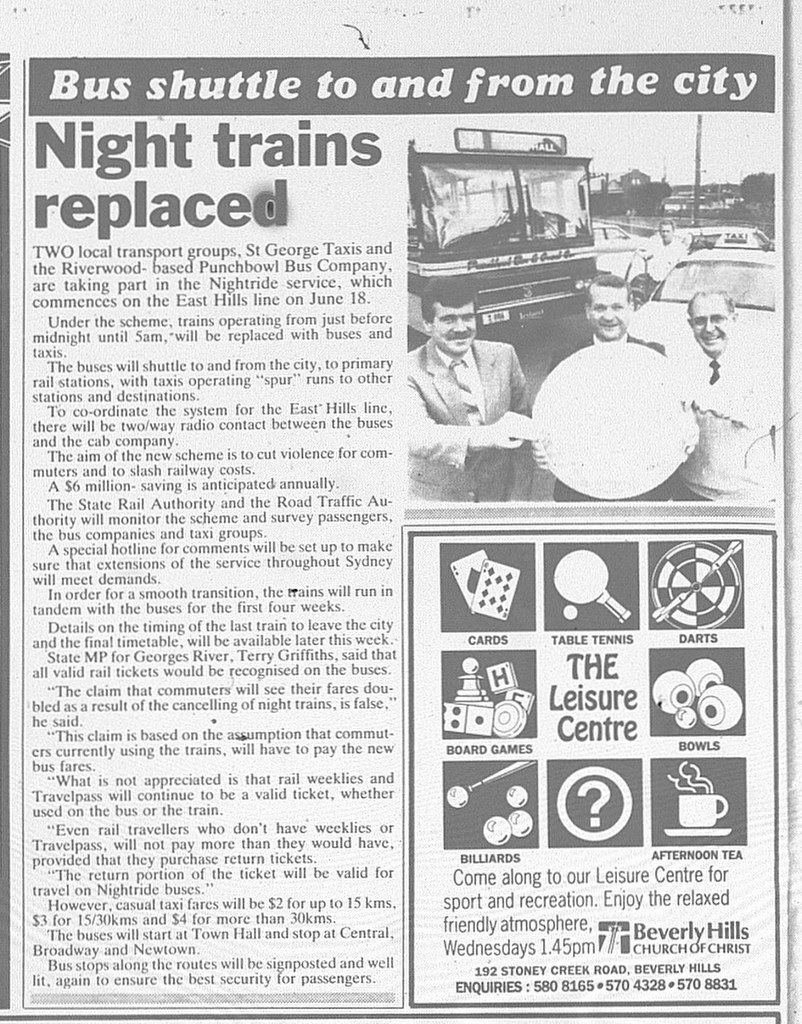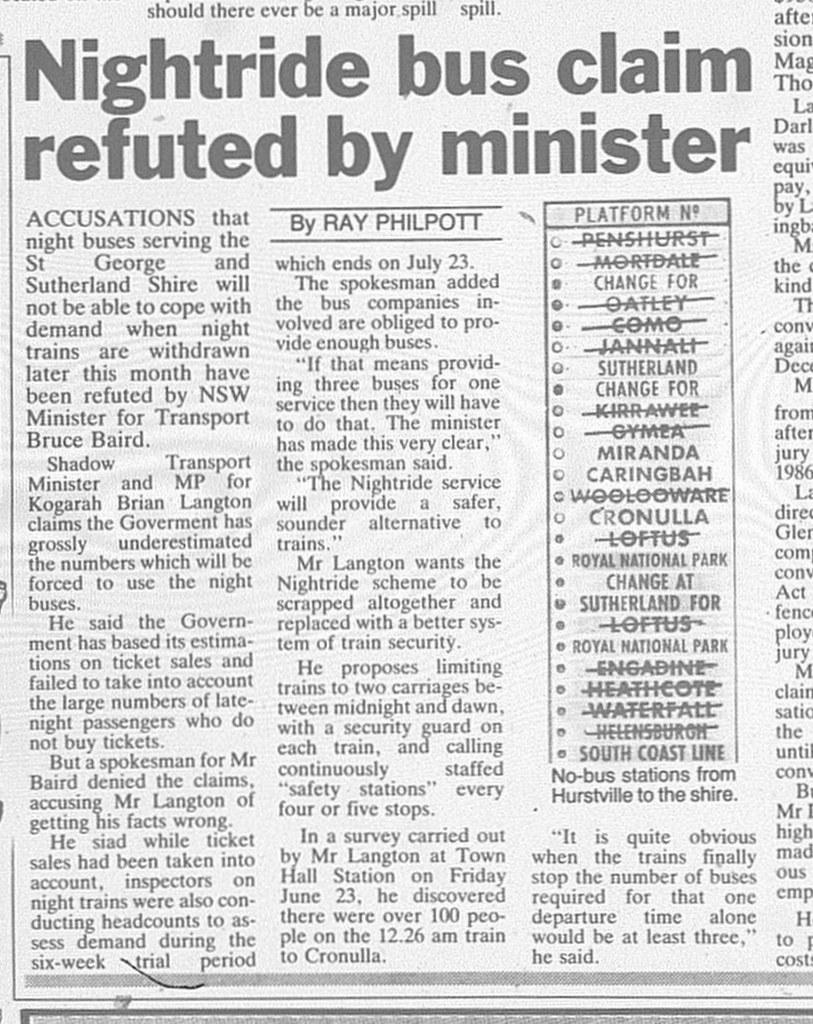Source: State Transit. 1989. "Cleaner, more comfortable bus travel, will require curbing a few appetites" (Advertisement). The Sydney Morning Herald, May 1: 14.
How did it come to be?
In 1989, the State Transit Authority (STA) decided to ban the consumption of food and drink on Government Buses in Sydney and Newcastle. Eating or drinking on a bus carried a fine of $200. The primary reason for the ban was cleanliness, but it was also in response to complaints from commuters.
Source: Timmins, M. 1989. "Eating Ban on Buses". The Daily Mirror, May 1: 2.
The Daily Mirror asked commuters for their thoughts on the ban, and had mixed reactions.
Source: Cramsie, D. 1989. "Passengers divided on food bus ban". The Daily Mirror, May 1: 12.
The following year, the NSW Government passed the Passenger Transport Act (1990), which gave the State Government authority to determine whether commuters were permitted to consume food or drink on any mode of transport and regulate behaviour on public transport.
It also allowed the Government to set fines for non-compliance. Under current legislation, a person who eats or drinks on a bus can be fined $550, up from $200 in 1989. The directive not to eat or drink must be displayed on a sign inside the buses. However, commuters can consume water, and those who need to eat or drink for medical reasons can.
As a bus commuter, I have found that it is generally not enforced, particularly where alcohol is consumed, but 99% of commuters exercise common sense and refrain altogether.











